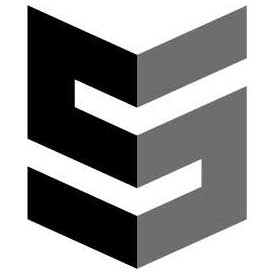Salesforce upgrades their applications three times a year, and each release is filled with a lot of new functionality. The best way to keep up on these enhancements is to read the release notes (200-300 pages), attend the webinars to hear what is new, and then figure out a way to best implement these enhancements. All of this should be done by your Salesforce Administrator, who may also be supporting other applications also.
Since we only have so many hours in our work schedule, it becomes tough to proactively understand and identify the new functionality that can really help the business grow. Deploying new features just to deploy them does not help the users or the business so how do you figure out what to deploy? Consultants can be very valuable as they work with a lot of clients and can bring a different perspective to your Salesforce application. Since you have a Salesforce Administrator, it is difficult to justify bringing in a consultant when the value is unknown.
Deploying Salesforce technology to your users is a program, not a project. Once you get them up and running, you are not done. The marketplace is littered with companies that deployed their CRM application (Salesforce, Microsoft, etc.) and did not enhance it. They felt their project was complete. Taking this approach does not put your users in the best situation for future success. Salesforce spends tens of millions of dollars on each upgrade based on client feedback, and wouldn’t you want to leverage some/all of that?
New Option to Keep Up with Salesforce Releases
Sometimes we can all use a little help, right? This is no different in the realm of Salesforce. Sikich came up with a way to extend a hand. In order to help you manage your Salesforce program and ensure that you are adapting your Salesforce application to support your business changes and user requests, we have developed a very cost-effective offering where we partner with your Salesforce Administrator. Since your admin does not have time to keep up with the new releases nor the expertise to see how other companies are changing their application to support business changes, our annual offering provides you with a senior Solution Architect four times a year to review your environment, understand your business changes, and review all of the new features that have been made available. While that discussion is valuable, the important deliverable to this meeting is a write-up on what we recommend you evaluate or implement to support your business and your users.
Having worked with Salesforce for 14 years, I am constantly tweaking our Salesforce environment to take advantage of these new features. My goal and motto with using Salesforce is “for every 1 minute I spend putting data into it, it must save me 2 minutes.” If I can create a quick action to enable our users to have less “clicks” to do a certain function, that is the goal. We all want to allow our users to do more and the key is understanding what that “more” is for each group. It could be more sales, more collaboration, more face-time with clients, more calls answered per day (call center), more marketing messages sent to prospects, or several other pipeline building activities.
Two Ways to Run Your Salesforce Environment
There are two types of Salesforce Administrators—proactive and reactive. Reactive Administrators wait for clients to call and they definitely don’t have time to bring new ideas to the business users. They only get involved when a need arises, and, the majority of the time, this is because they have many other roles at their company. Sound familiar? If you are lucky enough to find yourself in the role of a proactive Salesforce Administrator, you already recognize the impact and immense value strategic management and planning of your Salesforce environment brings to the success of your organization.
With any CRM implementation, you are making an investment in your organization. Salesforce is no different. Every year you are paying for its infrastructure, security, application, and more. Unfortunately, it is not uncommon to be missing out on the additional value. Sikich’s Salesforce Virtual Solution Architect offering can help you ensure that you are getting more value to help your business grow. Ready to get started? Let’s talk!
BONUS TIP: Join Sikich on Wednesday, August 26th for Top Features of the Salesforce Summer ’20 Release to get the cliff notes on what should be on your radar!




